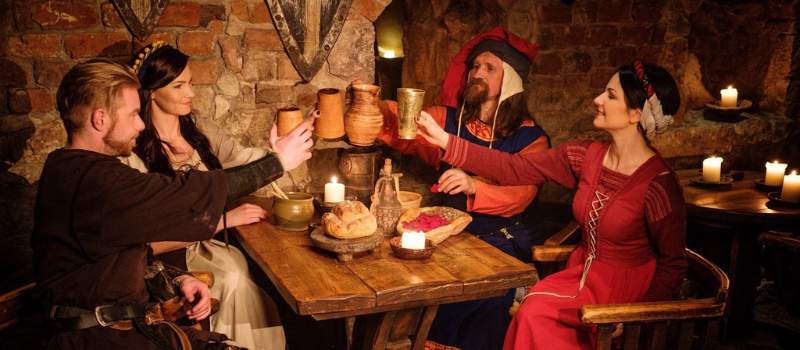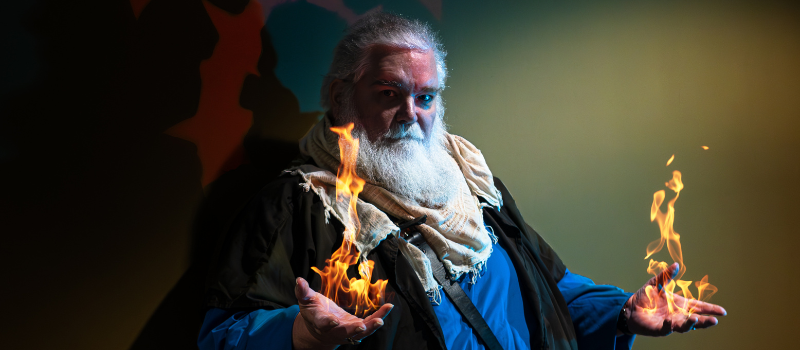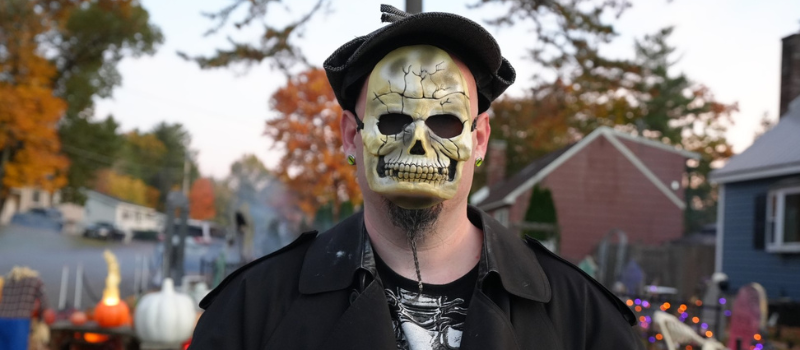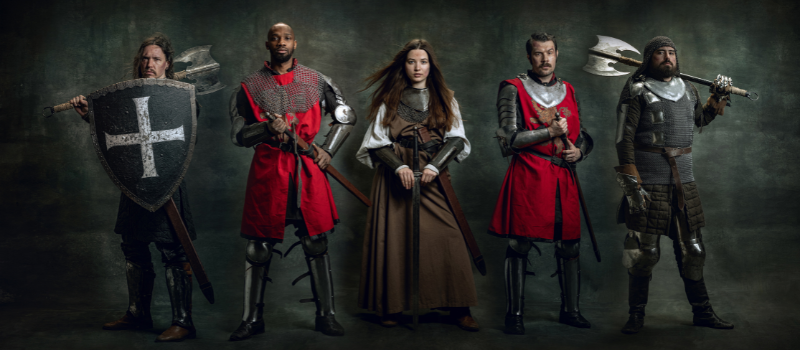What Is Theater LARPing? - The Perspective of A Long Term LARPer
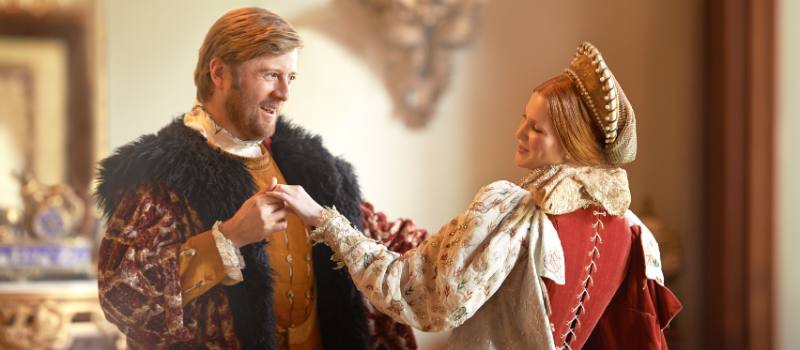
You might have read, in a previous post on this very blog, about a style of LARPing that does not feature any live action (aka “boffer”) combat. The blog post labeled this style as “Pure Theatrics”, though I’m going to refer to it as “theater style LARPing,” a more common styling among enthusiasts in the New England community. Given that live action combat LARPing is by far the more popular form of LARPing worldwide, lots of non-LARPers are unaware that LARPs that don’t feature players swinging foam weapons at one another exist. And in fact, there are even some LARPers out there unaware of theater style LARP.
So, What Is Theater-Style LARPing?
Definitions, labels, and categorization are always going to be tricky, and that’s going to be especially true for LARPing. We have a lot of disparate communities all over the world, without a single overarching structure. There are no official or legally recognized organizations or leagues granted the authority to make these determinations. In fact, LARPers around the world can’t even seem to agree on the definition of the word LARP itself (and LARP only just recently made it into the English dictionary!) Your community may have its own take on various LARPing terms that differ from mine. [1]
Some years ago, I started paying attention to uses of the term “theater” or “theater style”, and tried to observe trends in games described as such. Ultimately, I came to the conclusion that there was one thing and one thing only that all of the LARPs given this label had in common -- a lack of live action combat. That’s it! [2] Either there is no combat at all, or there might be an abstracted system to determine combat resolution (such as Rock Paper Scissors, or comparing static numbers representing a character’s Combat Skill). But other than that, theater style is a very broad term that encompasses a wide variety of styles, themes, genres, and structures (Just like the term “live combat/boffer”).

One-Shot Litform
There’s a particular sub-category of theater style LARPs that is popular in the Northeast theater LARP communities that I’d like to expound on. I’m going to call this style “One-Shot Litform” LARPs, which is quite a mouthful, but as the community hasn’t yet settled on a more succinct term, it’ll have to do. [3]
To expound on this long-winded label: by one-shot, I mean that the LARP is contained within a single continuous event. It starts, runs for some designated period of time, then ends, and does not pick up again at another event in the future. In other words, it’s not a campaign; it doesn’t have multiple discrete events over the course of years that each pick up where the last one left off. (In this way, LARPs are much like TTRPGs, which can also run as either campaigns or one-shot events.) In the local theater communities, four hours is a very common length for these theater LARPs, but I’ve played LARPs as short as a single hour, others run over the course of a whole weekend, and MIT’s Assassin’s Guild is known to run LARPs that last 10 days.
Litform is a term that was coined at the Living Games Conference in 2018. It describes a form of LARPing where the bulk of the character sheets (and also likely the setting description documents) are written in advance by staff members. This is contrasted with styles of LARPing where players write their own character histories and descriptions (or at least the bulk of them -- some LARPs will provide most of the characters’ histories, then invite players to add some details,) as is common in many live action/boffer campaigns. It also differs from LARPs where characters are developed collaboratively between staff and players via workshops, either well in advance of the LARP (perhaps online) or at the start of the event, before actual gameplay begins.
In litform LARPs, since players are not writing their own characters according to their own preferences, typically they fill out casting questionnaires in advance, so that staff can assign them a character they’re likely to enjoy.
In most cases, the entire cast of characters is written out in advance by LARP staff, before players sign up. However, in some unusual cases, players may fill out a questionnaire and then writers will write characters tailored to those responses.
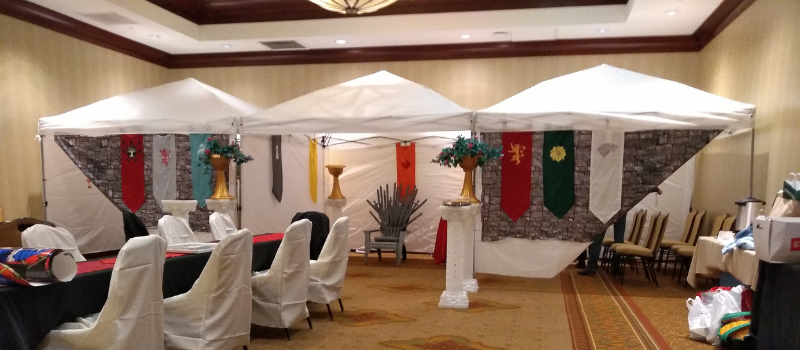
Secrets and Powers (or “S&P”), is a term that often gets appended to litform one-shots. I confess, this is a term I don’t particularly care for. Early use was somewhat derogatory, implying a shallowness like popcorn movies. (I couldn’t disagree more with this view!) The style often relies on what some LARPers call the “economy of information” -- most characters know secret information, are looking to uncover secret information, or (usually) a combination of both, and much of the story progresses by the spread of information, either from player to player, or from the environment to players. Character histories prewritten by staff facilitates this style of play.
“Powers” indicates the characters often have designated abilities or skills, often governed by a mechanical ruleset, that help them accomplish their goals or move along the story. The plots of these LARPs are often CvC (meaning “character vs. character”, which contrasts with CvE, or Character vs. Environment, as many local boffer LARPs are) but need not be. [4]
It’s worth noting that while live action/boffer campaigns are most commonly campaigns with characters written by players, one-shot litform boffer LARPs are currently rising in popularity, at least in the Northeastern community! Intercon, the all LARP convention, has been hosting a full track of such LARPs for a number of years now (the next Intercon, Intercon V, has two full tracks) and events like Winter Boffer Con and Little Boffer Con have been showcasing them.
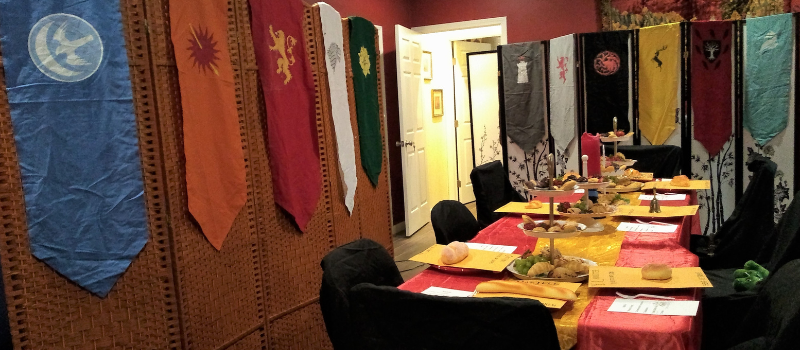
What’s To Like?
There are a lot of advantages to this style of LARPing!
 A tightly interwoven cast of characters. Given that the characters and setting are all created by the same limited set of writers, characters can all have an equal number of meaningful connections with other characters. I’m sure most boffer LARPers have had the experience of feeling like it’s a struggle to create pre-existing connections with enough other players, especially if they’re not coming into the campaign with their real-life friends. Some boffer campaign LARPs have structures in place to help players create dynamic connections between their own characters and others, but (in my experience) they may not be enough for shyer players, or players with creative blocks during character creation.
A tightly interwoven cast of characters. Given that the characters and setting are all created by the same limited set of writers, characters can all have an equal number of meaningful connections with other characters. I’m sure most boffer LARPers have had the experience of feeling like it’s a struggle to create pre-existing connections with enough other players, especially if they’re not coming into the campaign with their real-life friends. Some boffer campaign LARPs have structures in place to help players create dynamic connections between their own characters and others, but (in my experience) they may not be enough for shyer players, or players with creative blocks during character creation.
 Characters designed with the full knowledge of the setting and plotlines. Boffer LARPers typically write their characters with an incomplete picture of the LARP’s setting, as staff will hold back a lot of information from players in order to write surprising twists and new information to discover mid-game. But this can lead to boffer LARPers feeling like their character concept didn’t fit in nearly as well to the setting or the plotlines of the LARP as they might have hoped. In the case of litform theater LARPs, the characters are written with complete knowledge of all of the setting’s secrets, avoiding the risk of character concepts conflicting with elements of the setting.
Characters designed with the full knowledge of the setting and plotlines. Boffer LARPers typically write their characters with an incomplete picture of the LARP’s setting, as staff will hold back a lot of information from players in order to write surprising twists and new information to discover mid-game. But this can lead to boffer LARPers feeling like their character concept didn’t fit in nearly as well to the setting or the plotlines of the LARP as they might have hoped. In the case of litform theater LARPs, the characters are written with complete knowledge of all of the setting’s secrets, avoiding the risk of character concepts conflicting with elements of the setting.
 Re-runnability. Boffer campaigns often run once and then never again. All of that hard work the writers put into the game is experienced by only one set of players once. One-shot litform LARPs usually run many times, with different sets of players every time. It’s also a structure that lends itself to “boxing” -- i.e. making the LARP available for other people to run, which has the nice benefit of leading to cross-pollination between farflung LARP communities.
Re-runnability. Boffer campaigns often run once and then never again. All of that hard work the writers put into the game is experienced by only one set of players once. One-shot litform LARPs usually run many times, with different sets of players every time. It’s also a structure that lends itself to “boxing” -- i.e. making the LARP available for other people to run, which has the nice benefit of leading to cross-pollination between farflung LARP communities.
 Easier logistics from the staffing side. Boffer LARPs tend to be very space hungry -- you need a lot of room for your standard boffer combat, whereas theater style LARPs can typically run with a lot less space per person. This makes it easier to organize runs in cheaper or free locations (like private homes or smaller hotel function rooms) and less reliant on the economics of scale to make it affordable.
Easier logistics from the staffing side. Boffer LARPs tend to be very space hungry -- you need a lot of room for your standard boffer combat, whereas theater style LARPs can typically run with a lot less space per person. This makes it easier to organize runs in cheaper or free locations (like private homes or smaller hotel function rooms) and less reliant on the economics of scale to make it affordable.
.png)
 Easier logistics from the players side. Given that boffer campaigns often run at campsites over entire weekends, it takes a much higher commitment from players -- in time, money, and preparation effort, than the usual short form theater LARP.
Easier logistics from the players side. Given that boffer campaigns often run at campsites over entire weekends, it takes a much higher commitment from players -- in time, money, and preparation effort, than the usual short form theater LARP.
 More variety. Playing campaigns often involves committing to a single genre and character for many events, whereas playing lots of short one-shots enables a LARPer to try all different kinds of settings and themes and structures and characters.
More variety. Playing campaigns often involves committing to a single genre and character for many events, whereas playing lots of short one-shots enables a LARPer to try all different kinds of settings and themes and structures and characters.
 Distinction between player and character skill in combat. While succeeding in combat thanks to your own personal skill can be a very satisfying experience, for most boffer LARPers it’s not actually possible to get the chance to roleplay a character with the reputation of the greatest fighter in the setting. If that’s something you want to try despite a lack of skill, theater style LARP affords anyone that opportunity.
Distinction between player and character skill in combat. While succeeding in combat thanks to your own personal skill can be a very satisfying experience, for most boffer LARPers it’s not actually possible to get the chance to roleplay a character with the reputation of the greatest fighter in the setting. If that’s something you want to try despite a lack of skill, theater style LARP affords anyone that opportunity.
If any of this sounds appealing to you, or even if you’re just a little curious, there are lots of events in the Northeast that host a wide variety of theater style LARPs!
And, for another blog in our “The Perspective of a Long Term LARPer” series, check out our initial blog "What is LARPing?" from Rick.
[1]. ^ For example, some British LARPers call this style of LARP “parlor” or “freefrom”, whereas freeform means something very different in other communities.
[2]. ^ While this sounds pretty black and white, like all things LARP, there can be complexities and weird edge cases. For example, MIT’s LARPing club, the Assassin’s Guild, has produced a number of LARPs using a combat system that is theater style for melee combat, but uses a live action system (nerf and other soft projectile toys) for ranged combat. Are they technically theater or boffer LARPs? I’d say they’re arguably both.
[3]. ^ Some might argue this is what is meant by “Intercon-style” LARPs, but I hold that “Intercon-style” is broader in scope, and that’s a good thing.
[4]. ^ CvC is also sometimes called PvP, meaning “player vs. player” and CvE is sometimes called PvE, or player vs. environment, but I tend to prefer CvC and CvE because LARP is ultimately a collaborative form of storytelling between the players, and it’s really the characters that are in conflict, while the players are working together to tell a good story.
 Adina
Adina
When it comes to LARPing, Adina has a "gotta catch 'em all" attitude -- she wants to try every style, genre, and format of LARP there is! She's a bit of a costume diva and loves doing LARP-related arts 'n crafts, She volunteers in a variety of roles on the staff of multiple LARP conventions and events, and blogs about LARPing at Fair Escape.
Latest Blogs

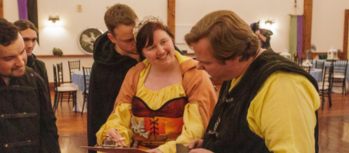

.png )




.png )




